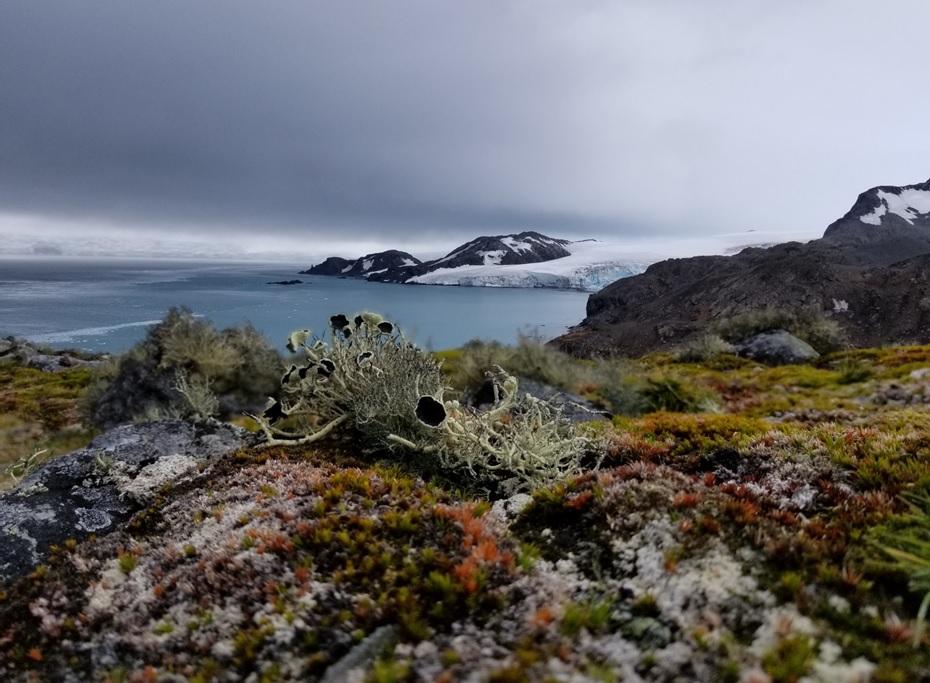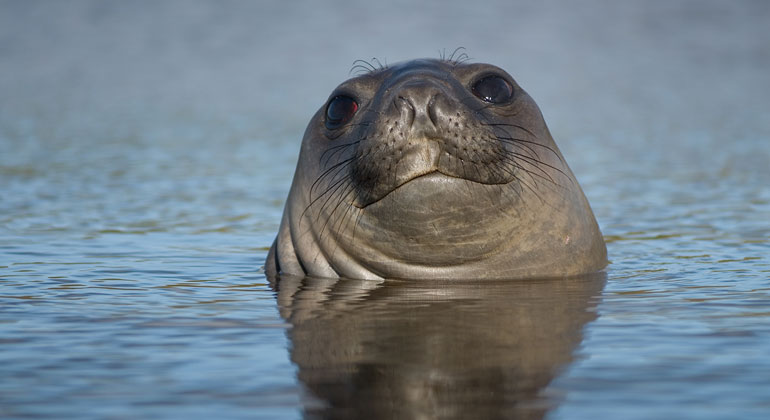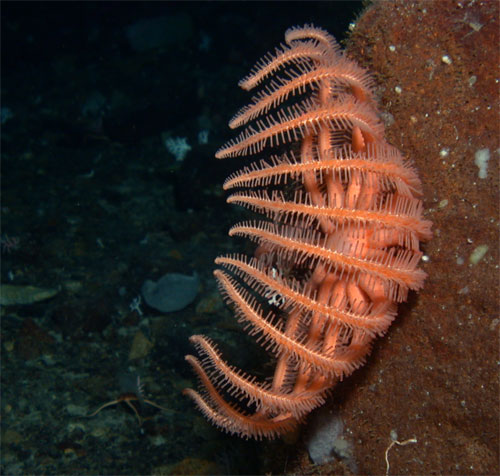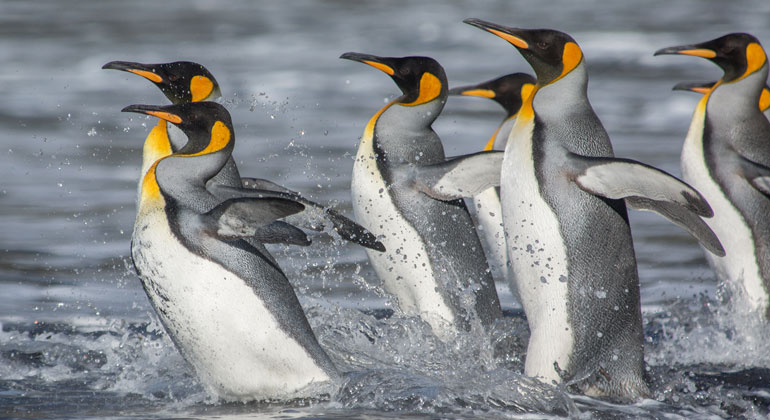The new face of the Antarctic
How much CO2 can the Antarctic swallow?
In the future, the Antarctic could become a greener place and be colonised by new species. At the same time, some species will likely disappear. 25 researchers recently presented these and many other findings in a major international project, in which they analysed hundreds of articles on the Antarctic published in the past ten years. By doing so, the team have provided an exceptionally comprehensive assessment of the status quo and future of Antarctica and the Southern Ocean that surrounds it.

Never before have researchers arrived at so many new findings on the biological and biochemical processes at work in the Antarctic than in the past ten years. Now 25 experts, led by the Alfred Wegener Institute Helmholtz Centre for Polar and Marine Research (AWI), have analysed and compiled these findings in the project “AnT-ERA”. Having ultimately processed several hundred articles on the Antarctic, the team have now distilled the content into ten core messages addressing a broad range of aspects, e.g. ocean acidification, biodiversity, and the significance of sea ice for various organisms. “If you look at the timeframe from 1970 to the present, roughly 80 percent of all academic publications on biology and biochemistry in the Antarctic were released between 2010 and 2020. That’s what moved us to condense this enormous amount of knowledge into a single article,” says marine biologist and project coordinator Julian Gutt from the AWI. The project outcomes have just been published in the journal Biological Reviews.

Increased biodiversity
One major finding is that the waters of the Antarctic are very likely to grow warmer due to climate change, which in turn increases the probability that plant and animal species from warmer regions will migrate to the Antarctic. In this regard, not just the temperature, but also the future sea-ice cover will be crucial. For example, in the decades to come, the experts expect to see a more intense greening of ice-free coastal areas during the southern summer, as new mosses or lichens migrate. Initially, there will likely be a rise in biodiversity. However, a prolonged warming would have grave consequences for those species that are adapted to extremely low temperatures. “We believe these species will retreat to the last remaining extremely cold regions of the Antarctic,” says Gutt. “That also means we’ll need to protect the regions in order to save these species.”
Learning to live in acidic waters?
When it comes to ocean acidification, the study’s forecast is bleak: by the end of the century, the experts expect the waters of the Antarctic to be extensively acidified. “There can be no doubt that especially those organisms that form calcareous shells are going to have serious problems,” Gutt explains. “We can’t yet say for certain if they will all go extinct, or if some species will manage to adapt their metabolisms to the new conditions.” A surprising finding from research conducted in the past ten years: the ostensibly docile organisms that live on the floor of the Antarctic Ocean, e.g. some sponges and ascidians, respond rapidly to improved conditions – by growing quickly or reproducing intensively. The downside: they are equally sensitive to poor environmental conditions. Given the major changes that climate change will entail, these species could also be in danger.
Whereas the Antarctic Peninsula, which extends into the South Atlantic, has been warming for some time now, in the past three years the warming, and therefore the loss of sea ice, has spread to East Antarctica. The experts can’t yet say whether this is the beginning of a long-term trend, or only a short-term variation. In either case, this change in the physical environmental parameters is troubling, because it could have a substantial impact on the future development of life in the Southern Ocean.

How much CO2 can the Antarctic swallow?
It also remains unclear whether or not the loss of sea ice will mean that the waters of the Antarctic, due to intensified algal growth, absorb more carbon dioxide from the atmosphere. Principally speaking, most experts assume that algal growth increases when sea ice retreats, because the algae e.g. are exposed to more sunlight. Since algae absorb carbon dioxide from the atmosphere via photosynthesis when they grow, this process can improve the ocean’s absorption of CO2. For some time now, simple forecasts have indicated that the algae in Antarctic waters may absorb ca. 25 percent more CO2 if they become completely ice-free in future southern summers. Yet the current study shows that these blanket statements are problematic. According to Gutt: “The publications we analysed make it clear that the situation varies considerably, depending on the geography. But at least we now know which waters and which parameters we need to focus on to find the answers.”
Clear-cut messages
The experts chiefly attribute the fact that so many new insights have been gathered in recent years to technological advances – e.g. in molecular biological methods, new ships and stations, and remotely operated underwater vehicles, some of which can even navigate below the ice. In addition, new numerical and conceptual models are helping us to understand interconnections in the ecosystem. In Julian Gutt’s view, the study’s greatest contribution is the fact that the 25 authors successfully agreed upon ten core messages that succinctly convey the central findings and offer a glimpse of the future.
- Information on AnT-ERA: SCAR AnT-ERA
- The study has been released on the online portal of the journal Biological Reviews under the following title: Julian Gutt et al., Antarctic ecosystems in transition – life between stresses and opportunities. DOI: 10.1111/brv.12679








